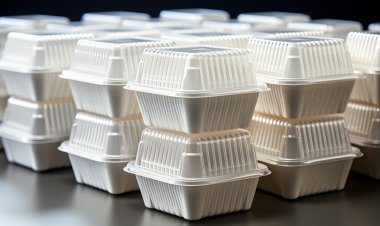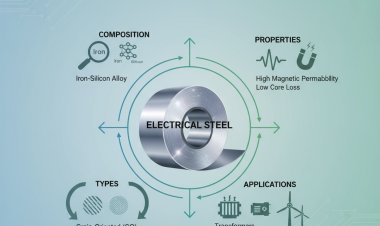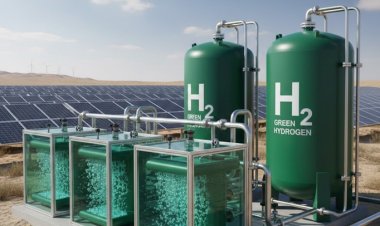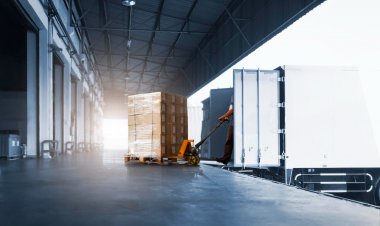Global Cold Storage Construction Market Size to Reach $19.7 Billion at a CAGR of 11% by 2030
Vantage Market Research expects the Cold Storage Construction Market to reach USD 19.7 Billion by 2030, exhibiting a growth rate (CAGR) of 11% during 2023-2030.
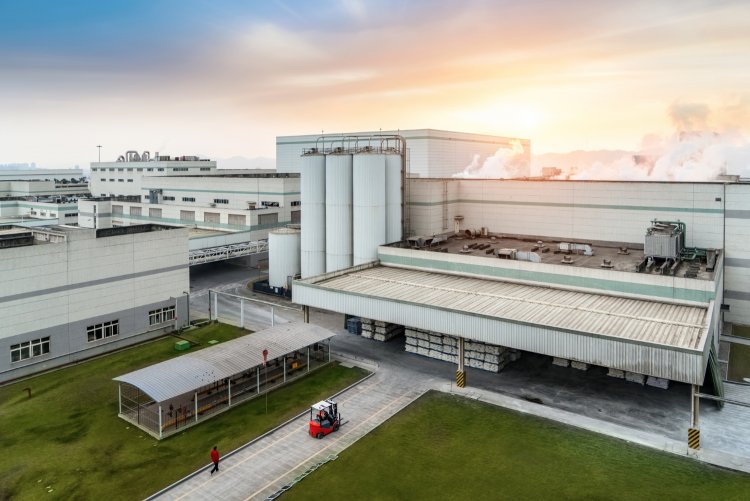
The Global Cold Storage Construction Market size reached USD 9.5 Billion in 2022. Vantage Market Research expects the market to reach USD 19.7 Billion by 2030, exhibiting a growth rate (CAGR) of 11% during 2023-2030.
Table of Content [TOC]
|
Introduction |
|
|
|
Types of Cold Storage |
|
|
|
Sustainability |
|
|
|
Design and Construction |
|
|
|
Latest Trends and Innovations |
|
|
|
|
Future of Cold Storage Construction |
|
|
|
|
Conclusion |
The Importance of Cold Storage Construction
Cold Storage Construction is a crucial component of modern-day supply chain management. The aim is to create a controlled environment for monitoring and regulating temperature, humidity, and other environmental factors. This environment helps to preserve the quality, shelf-life, and nutritional value of perishable products such as fruits, vegetables, meat, dairy, and pharmaceuticals. Such developments would quickly lose their value without cold storage and become unusable. This blog will explore the Cold Storage Construction market, its importance, and the latest trends and innovations.
Top Companies in Global Cold Storage Construction Market
- Versa Cold Logistics Services (Canada)
- Tippman Group (U.S.)
- Americold Logistics LLC (U.S.)
- Burris Logistics (U.S.)
- Primus Builders Inc. (U.S.)
- Lineage Logistics (U.S.)
- United States Cold Storage Inc. (U.S.)
- Preferred Freezer Services LLC (U.S.)
- Nichirei Logistics Group Inc. (Japan)
- AGRO Merchants Group LLC (U.S.)
- Swire Cold Storage (Australia)
Request Sample Report of Cold Storage Construction Market @ https://www.vantagemarketresearch.com/cold-storage-construction-market-2257/request-sample
Types of Cold Storage
Different cold storage facilities include refrigerated warehouses, blast freezers, and walk-in coolers. Refrigerated warehouses are large-scale facilities that store various perishable products, while blast freezers freeze products quickly. Walk-in coolers are smaller facilities for storing perishable products at retail stores, restaurants, and other establishments. Each type of cold storage requires significant investment in design, construction, and maintenance, and owners need to consider factors such as energy efficiency, safety, and compliance with regulatory requirements.
- Single-Temperature vs. Multi-Temperature Storage
Single-temperature storage facilities are designed to keep products at a constant temperature, usually between 28°F and 35°F. These types of facilities are ideal for products that require storage at a consistent temperature, such as frozen foods, dairy products, and meat. Multi-temperature storage facilities, also known as ‘Variable Temperature Storage facilities,' can store products at different temperatures within the same facility. Multiple temperature systems can be used in accordance with the need for storage, hence being more diversified than single-temperature facilities. These facilities can store products that require different temperature settings, including perishable products such as fruits and vegetables.
- Blast Freezing
Blast freezing is an effective method for freezing products quickly. It’s a process where products are subjected to a blast of cold air which freezes them very rapidly. This process is ideal for products that require fast freezing to maintain their quality. Blast freezers are designed for this purpose and operate at very low temperatures, making it challenging for workers who must wear protective gear. However, this method enables companies to maintain quality and freshness more efficiently, making it more accessible in the industry.
Sustainability
Sustainability is a major factor that concerns many organizations when constructing such facilities. Organizations are realizing that sustainable developments offer customers an extra sense of goodwill and are good for business. Therefore, construction companies must prioritize environmentally friendly practices when constructing cold storage facilities. Construction companies can achieve this by using sustainable materials, recycling waste materials, energy-efficient systems, and minimizing water usage. Additionally, there is a growing demand for sustainable cold storage facilities in developing countries that require structures to be built more efficiently without damaging the environment.
Design and Construction
The design and construction of cold storage require specialized expertise and knowledge of several factors, such as refrigeration systems, insulation, ventilation, lighting, and drainage. The goal is to create a controlled environment that is energy efficient, easy to maintain, and safe for workers. Good design considers both the facility's short-term and long-term needs and the specific requirements of the products to be stored.
Latest Trends and Innovations
Several trends and innovations are shaping the Cold Storage Construction market. One of these is using automation and robotics to improve efficiency and reduce labor costs. For instance, automated storage and retrieval systems (ASRS) can transport products safely and quickly while reducing the risk of damage, which can occur during manual handling. Another trend is using renewable energy sources to power cold storage facilities. For instance, solar panels can generate electricity, reducing dependence on fossil fuels and lowering carbon emissions. Smart sensors are also becoming popular, enabling facility managers to remotely monitor and regulate temperature, humidity, and other environmental factors.
Buy Now Our Cell Dissociation Industry Report @ https://www.vantagemarketresearch.com/buy-now/cold-storage-construction-market-2257/0
Future of Cold Storage Construction
The future of Cold Storage Construction looks promising, with sustained growth projected over the next few years. The demand for cold storage solutions is expected to keep increasing, driven by the growth of online grocery delivery, the food retail industry expansion, and the development of new vaccines and medical solutions. Moreover, the focus on sustainability and energy efficiency is expected to remain a priority, driving innovations and technologies that make cold storage facilities more eco-friendly and efficient.
Conclusion
In conclusion, Cold Storage Construction is critically important to preserving perishable products, such as food and pharmaceuticals. The market is growing rapidly, driven by the increasing demand for frozen food, e-commerce, and the need for safe and secure storage facilities. While the design and construction of cold storage facilities require specialized expertise, the latest trends and innovations in automation, renewable energy, and smart sensors are making it easier and more efficient for facilities to be built, maintained, and operated. The future of Cold Storage Construction is bright, and we can expect to see more innovations and advancements in the coming years.
Read Our Latest Press Release: Cell Dissociation Market - In-depth Analysis
Contact us
Eric Kunz
6218 Georgia Avenue NW Ste 1 - 564
Washington DC 20011-5125
United States Tel: +1 202 380 9727
Email: [email protected]
Website: Vantage Market Research









